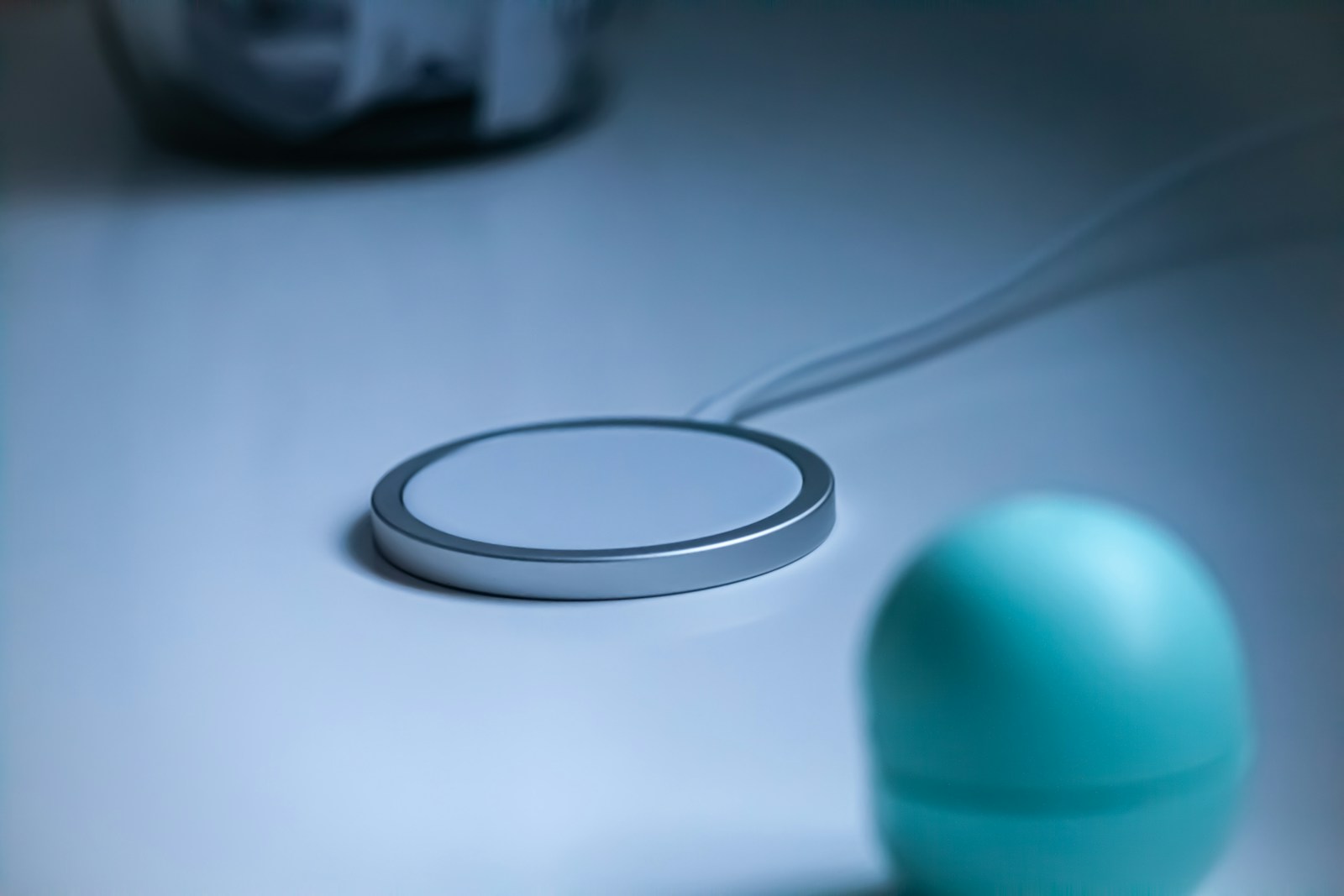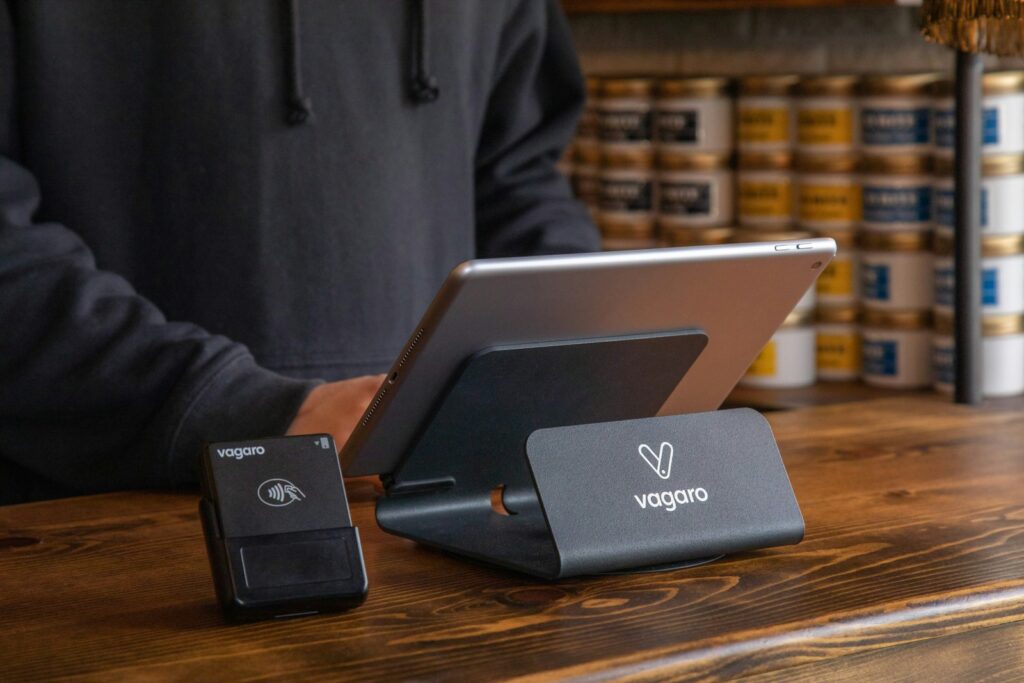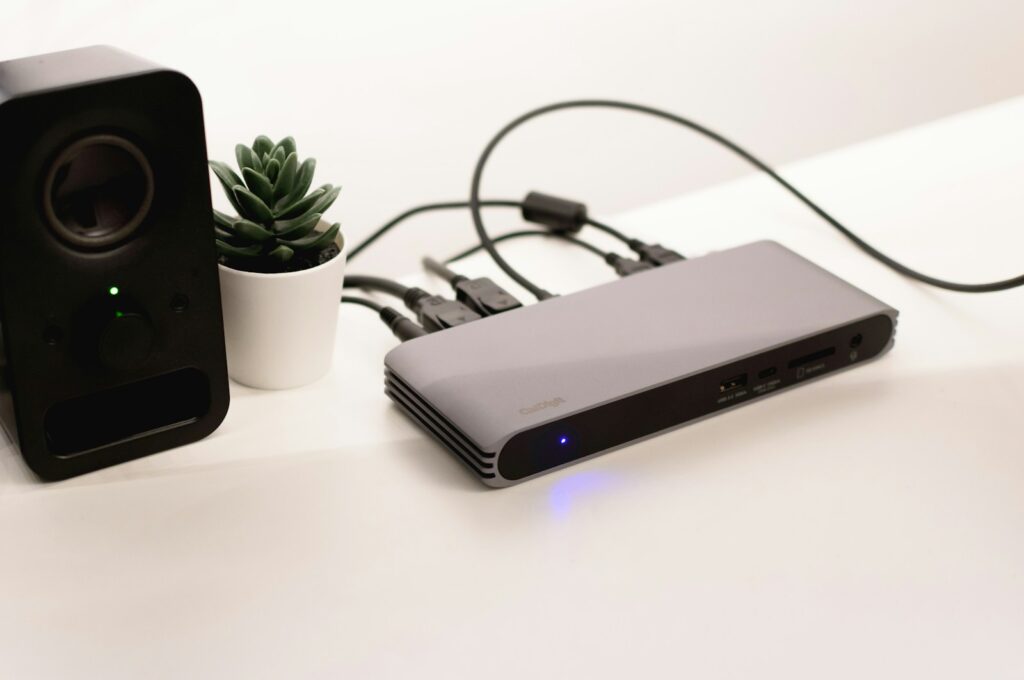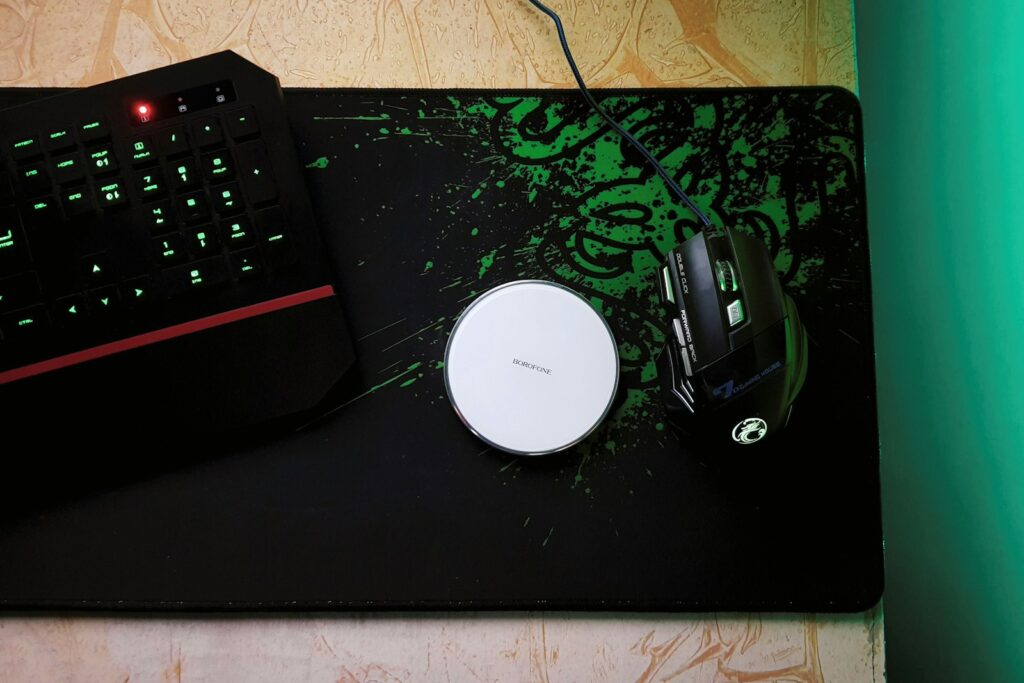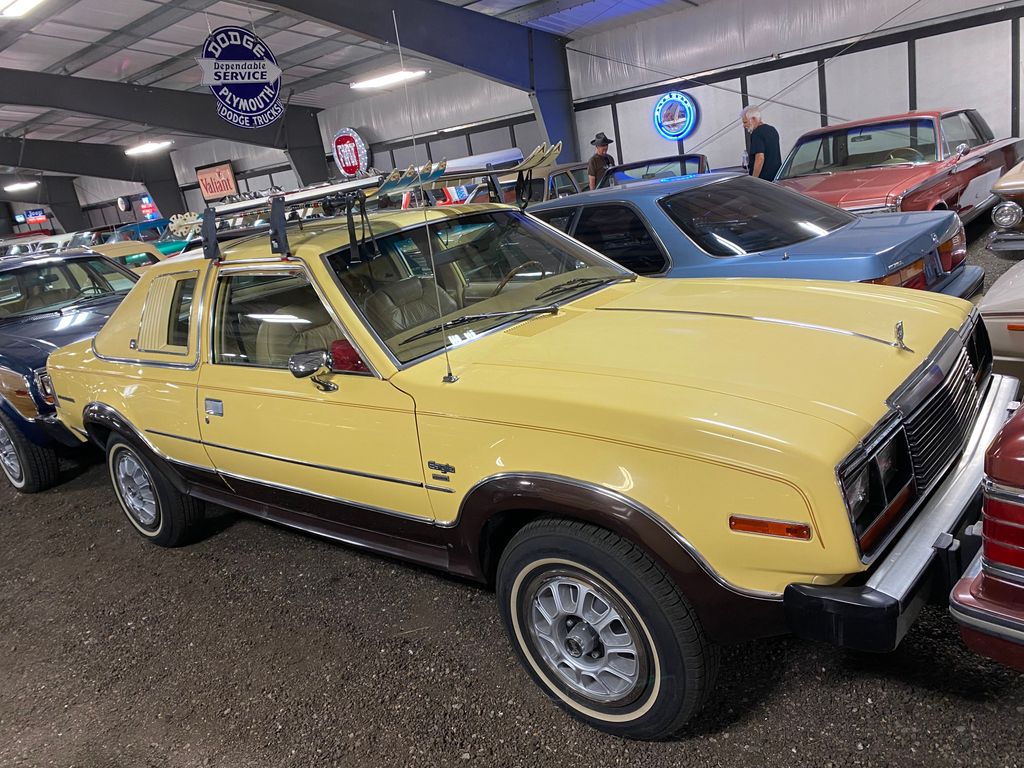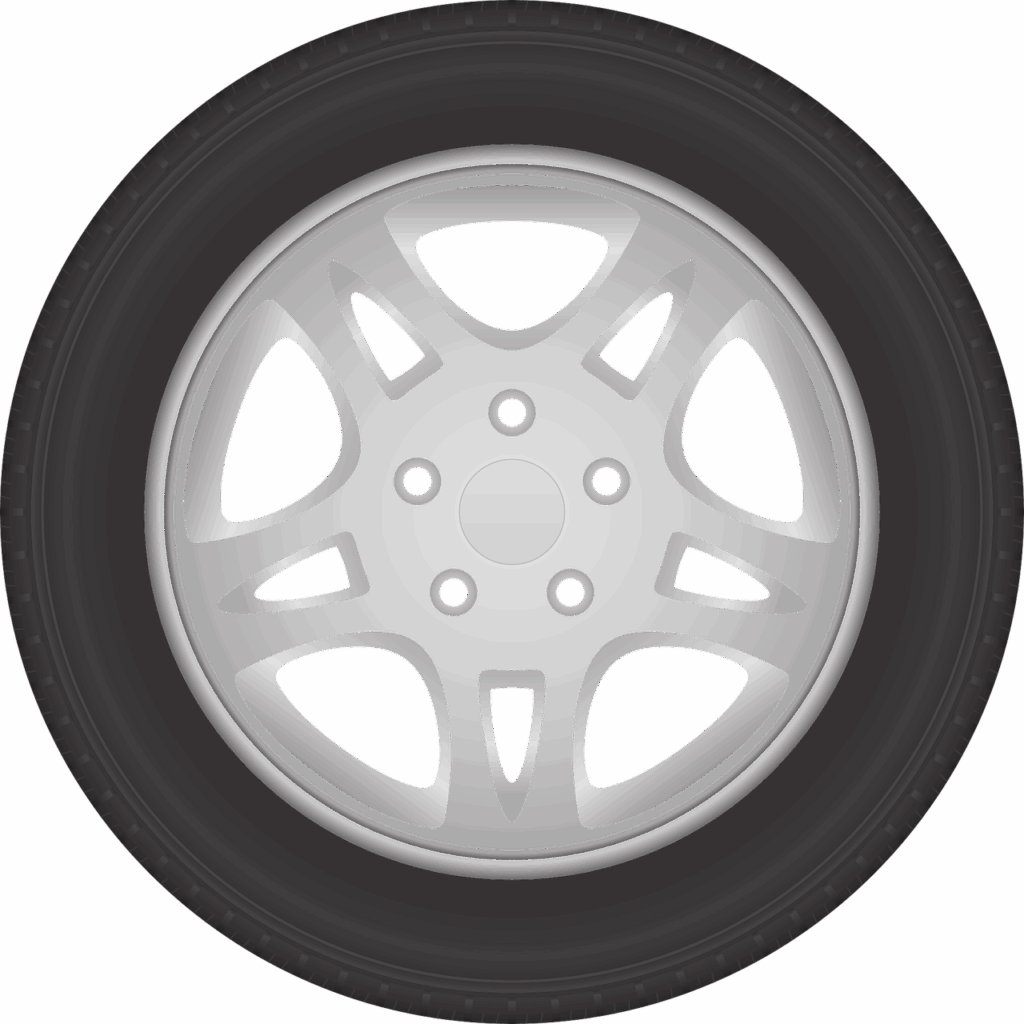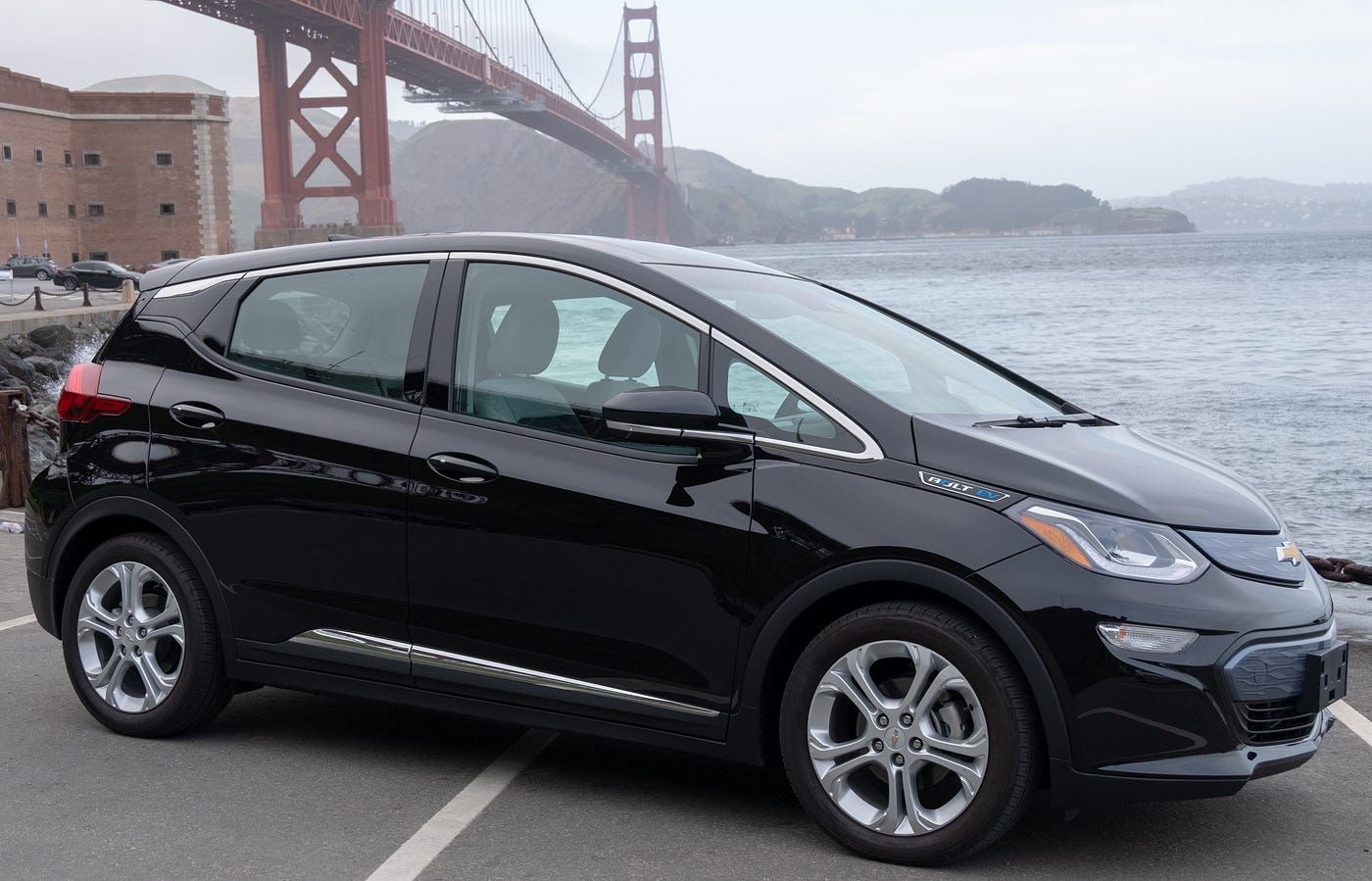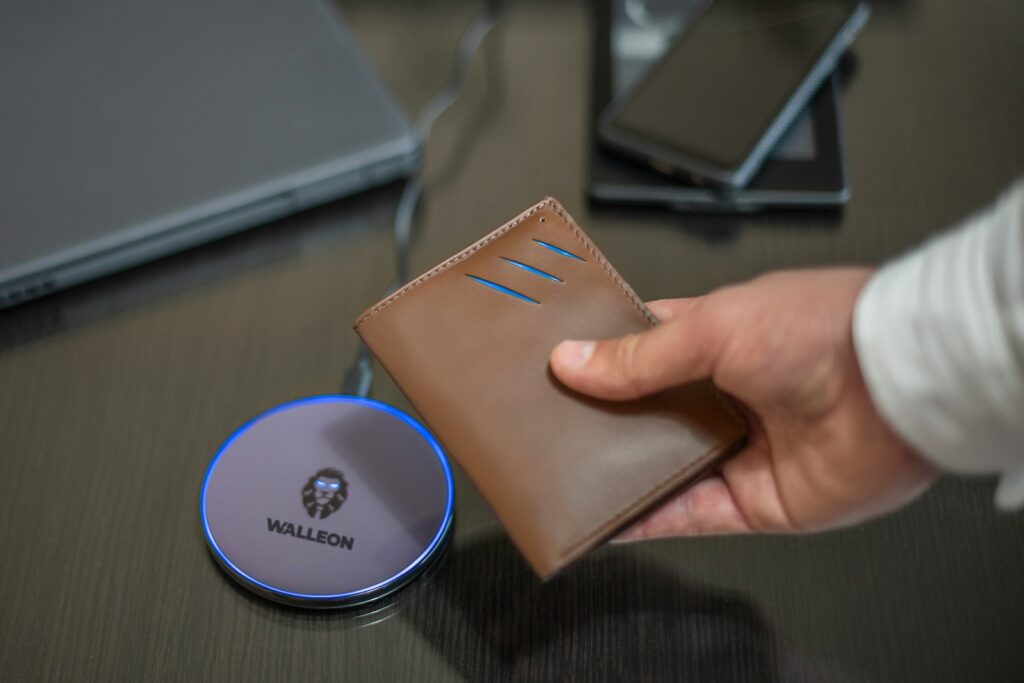
Ever placed your phone on a wireless charger, only to find it barely charged an hour later? It’s a common frustration, especially when you’re relying on your car’s charging pad to keep your device powered up on the go. While the convenience of simply dropping your phone onto a pad and letting it charge is undeniable, the reality of slow charging can be maddening. Many of us expect a full battery only to get a meager 10% progress, and that simply won’t do when you’re navigating or streaming.
Wireless charging technology, also known as inductive charging, has revolutionized how we power our devices, offering unmatched convenience by eliminating tangled cables. This innovative approach utilizes electromagnetic fields to transfer energy between a charging pad or stand and a compatible device. However, to truly harness its benefits, it’s essential to optimize your charging setup for speed, safety, and longevity. The good news is that most slow wireless charging issues have quick, practical fixes.
From understanding the fundamental principles of how this technology works to making smart accessory choices, we’re about to walk you through the biggest reasons why wireless charging can feel sluggish and, more importantly, how to get that battery charging at full speed. We’ll delve into actionable tips and solutions that address real-world challenges, making wireless charging in your car—and anywhere else—as efficient as possible. Let’s explore these key hacks to get your car’s wireless charging pad to work faster and more reliably.
1. **Invest in a High-Wattage, Fast Wireless Charger**One of the most fundamental reasons your wireless charger might be underperforming is its power output. Not all wireless chargers are created equal; some low-power models cap out at just 5W, which is painfully slow, especially when compared to a 15W fast charger. This discrepancy in wattage directly translates to a significant difference in charging speed, leaving you with a phone that’s barely charged after an hour.
One of the most fundamental reasons your wireless charger might be underperforming is its power output. Not all wireless chargers are created equal; some low-power models cap out at just 5W, which is painfully slow, especially when compared to a 15W fast charger. This discrepancy in wattage directly translates to a significant difference in charging speed, leaving you with a phone that’s barely charged after an hour.
To combat this, the first step is to check your current charger’s wattage rating. If it’s a standard wireless charger offering 5W-10W, you’re likely experiencing sluggish speeds. The fix is straightforward: upgrade to a Qi-certified fast charger. For optimal results, a 15W+ model is highly recommended. These higher-wattage chargers provide the necessary power to deliver a rapid charge to your device, cutting down on those frustratingly long waiting times.
For those utilizing MagSafe technology, particularly with iPhones, it’s crucial to ensure you’re actually getting true 15W speeds. Some cheaper MagSafe-compatible chargers might only deliver 7.5W, despite appearing to be designed for Apple’s standard. Brands like Anker (e.g., Anker PowerWave) and Belkin (e.g., Belkin Boost Up) are known for making reliable 15W+ fast chargers. Remember, while pricier, these higher-power chargers can dramatically cut charging times, making them a worthwhile investment for faster, more efficient charging.
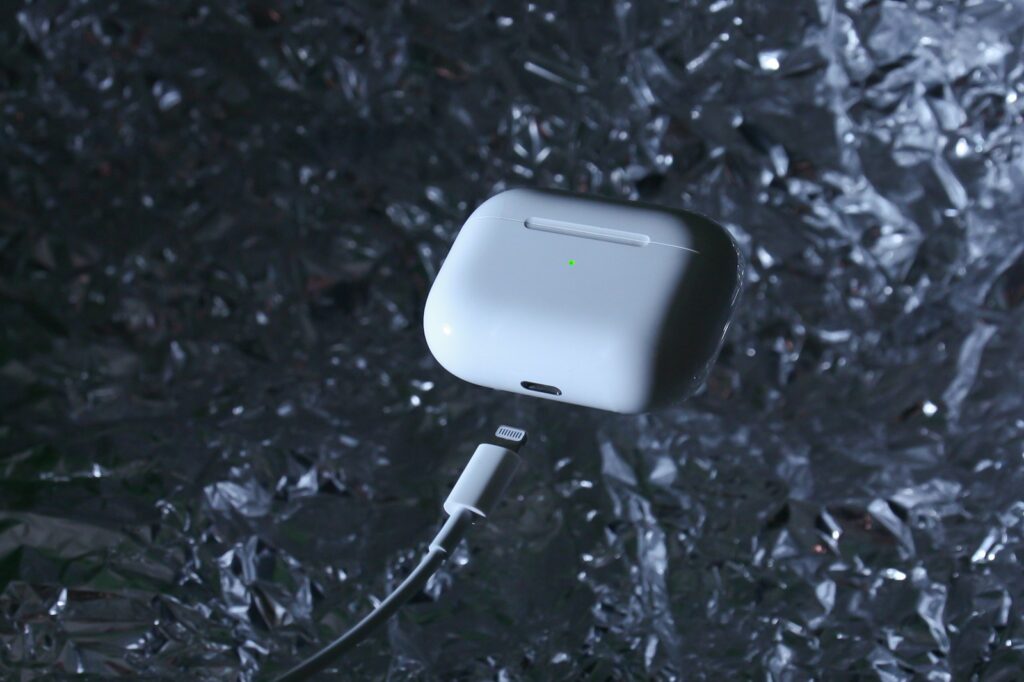
2. **Use the Right Power Adapter and Cable**Your wireless charging pad is only as good as the power adapter it’s plugged into. Many users overlook this crucial component, mistakenly believing that a powerful charging pad will deliver fast speeds regardless of the adapter. However, if you’re using a weak 5V/1A standard adapter, you won’t achieve fast wireless charging speeds, even if your pad is capable of it. This weak link in the chain throttles the power input, preventing your charger from operating at its full potential.
Your wireless charging pad is only as good as the power adapter it’s plugged into. Many users overlook this crucial component, mistakenly believing that a powerful charging pad will deliver fast speeds regardless of the adapter. However, if you’re using a weak 5V/1A standard adapter, you won’t achieve fast wireless charging speeds, even if your pad is capable of it. This weak link in the chain throttles the power input, preventing your charger from operating at its full potential.
The solution involves upgrading your power adapter. For fast charging, use a Quick Charge 3.0 or USB-PD adapter that delivers at least 18W. These adapters are designed to provide the higher power output necessary for efficient wireless energy transfer. iPhone users, specifically, should look for a 20W Apple adapter to achieve full MagSafe speeds, ensuring their device receives the optimal power for rapid charging.
Beyond the adapter, the cable connecting your wireless charger to its power source also plays a critical role. A poor-quality cable can restrict the input power, undermining the charger’s performance. For fast-charging pads, USB-C PD (Power Delivery) cables are recommended as they can deliver up to 100W, ensuring your charger receives ample power. For Apple devices, MFi-Certified cables are crucial for stable voltage. It’s wise to avoid generic, dollar-store cables, as their thin wiring and poor shielding often lead to significant energy loss, hindering your quest for faster wireless charging.
Read more about: 2025 Toyota Prius: A Deep Dive into the Reinvented Hybrid Icon’s Top Features and Performance
3. **Ensure Proper Phone Alignment**Wireless charging relies on electromagnetic induction, a precise process that occurs between the charger’s coil and your device’s receiver coil. If your phone isn’t positioned correctly on the charging pad, this energy transfer can be significantly disrupted. Even being slightly off-center can slow down charging by up to 50%, as indicated by a 2022 Wireless Power Consortium study, or even stop it altogether. This misalignment is a common culprit behind frustratingly slow charging experiences.
Wireless charging relies on electromagnetic induction, a precise process that occurs between the charger’s coil and your device’s receiver coil. If your phone isn’t positioned correctly on the charging pad, this energy transfer can be significantly disrupted. Even being slightly off-center can slow down charging by up to 50%, as indicated by a 2022 Wireless Power Consortium study, or even stop it altogether. This misalignment is a common culprit behind frustratingly slow charging experiences.
The key to maximizing efficiency is perfect placement. You need to adjust your phone’s position and center it directly over the charging pad’s coil. This coil is often marked by a logo or an LED guide on the pad itself, making it easier to find the sweet spot where power transfers best. Taking a moment to ensure precise alignment can make a dramatic difference in charging speed and reliability.
To make alignment easier and more reliable, consider using magnetic chargers like MagSafe for iPhones. These chargers are designed to “snap” into place, guaranteeing perfect coil alignment every time. Another excellent option is to use a charging stand instead of a flat pad. Stand-style pads, sometimes with adjustable angles, allow you to view notifications while ensuring your device remains perfectly aligned, greatly improving charging efficiency and convenience. Vertical chargers, such as the Anker 3-in-1 Cube, offer similar benefits for consistent alignment.
Read more about: Behind the Impasse: 12 Core Budget and Contract Challenges That Strain Film Production Partnerships
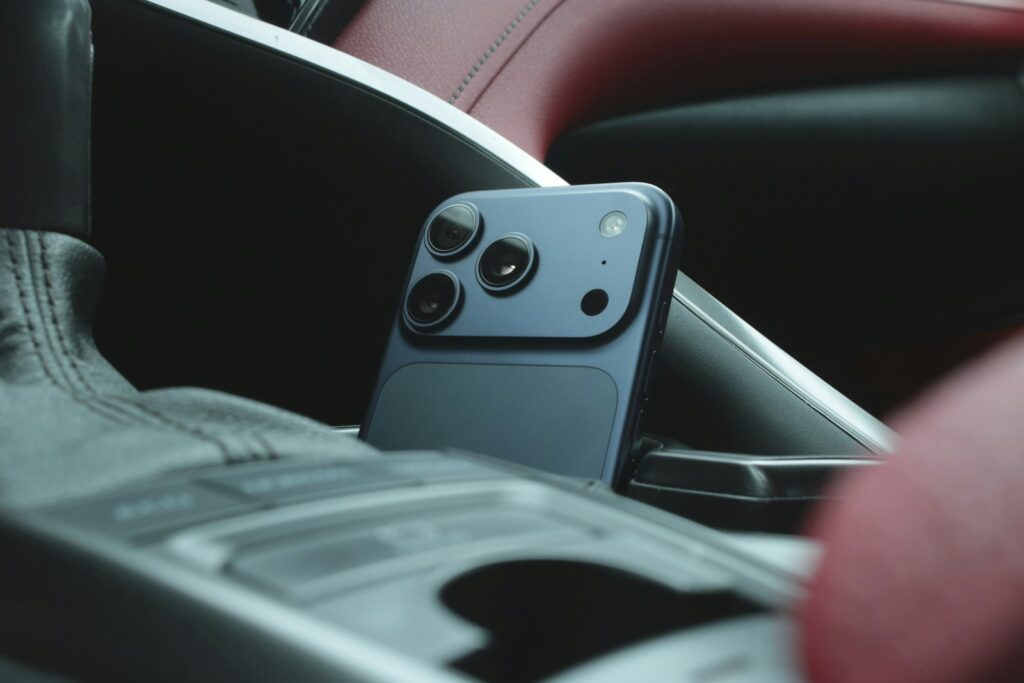
4. **Optimize Case Compatibility**Your phone case, while essential for protection, can be a significant barrier to efficient wireless charging. Thick cases, generally those over 3mm, or those with metal components like kickstands or magnetic plates, can block the electromagnetic fields necessary for energy transfer. This obstruction reduces charging efficiency and forces your charger to work harder, resulting in slower speeds and increased heat generation.
Your phone case, while essential for protection, can be a significant barrier to efficient wireless charging. Thick cases, generally those over 3mm, or those with metal components like kickstands or magnetic plates, can block the electromagnetic fields necessary for energy transfer. This obstruction reduces charging efficiency and forces your charger to work harder, resulting in slower speeds and increased heat generation.
The ideal solution is to remove your phone case entirely before charging, especially if you suspect it’s interfering with the process. If removing the case isn’t practical, opt for thin, Qi-certified cases or MagSafe-compatible cases. These are specifically designed to allow electromagnetic fields to pass through efficiently. Materials like silicone or TPU, found in cases such as Spigen Liquid Air, are generally good choices for wireless charging compatibility due to their slim and flexible nature.
Furthermore, it’s crucial to avoid any metal objects between your phone and the charging pad. This includes magnetic rings, credit cards, or pop sockets with metal parts. Metal interferes with the power transfer and can even generate heat, which is detrimental to your device’s battery health and charging speed. Using plastic or leather wallets instead of metal card holders is a simple but effective hack to ensure your charging efficiency remains uncompromised.
Read more about: Avoid Costly Campsite Catastrophes: Critical Rooftop Tent Mistakes to Sidestep for Smarter Adventures
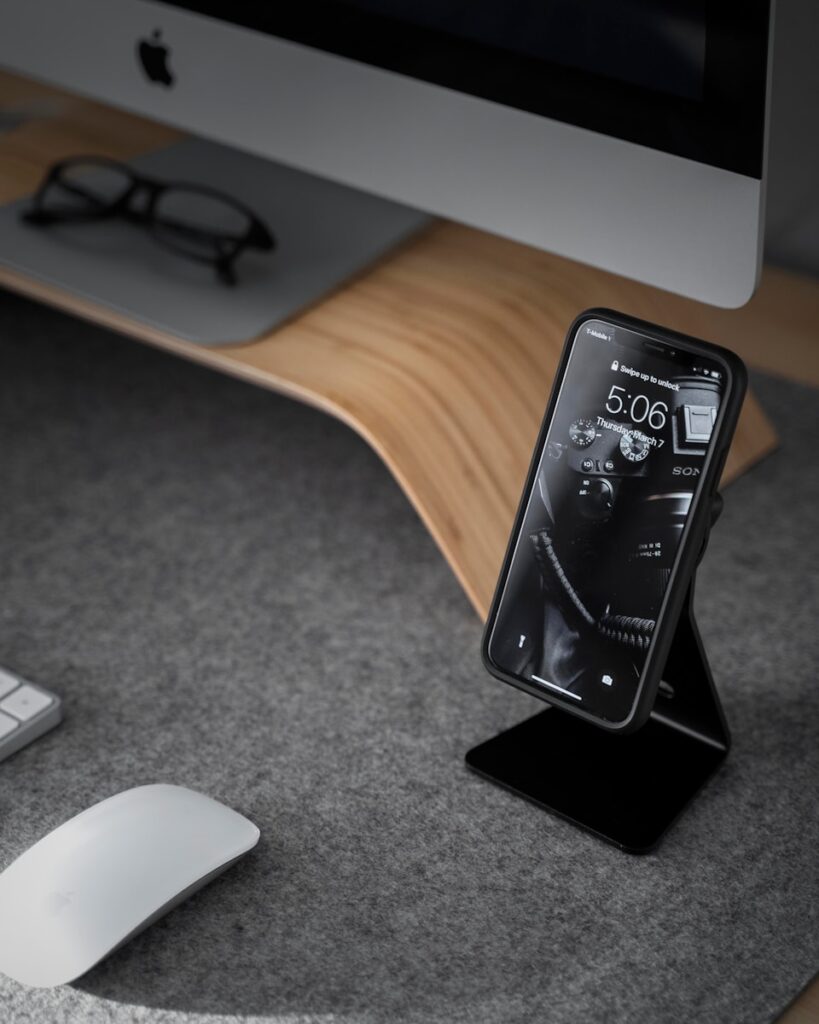
5. **Manage Heat Dissipation**Wireless charging, by its very nature, generates heat due to energy loss during the induction process. While some heat is normal, excess heat is a major impediment to fast charging. If your phone gets too hot, it intelligently slows down its charging rate to prevent potential damage to the battery. Prolonged exposure to temperatures above 113°F (45°C) can significantly degrade lithium-ion batteries, reducing their lifespan and overall health.
Wireless charging, by its very nature, generates heat due to energy loss during the induction process. While some heat is normal, excess heat is a major impediment to fast charging. If your phone gets too hot, it intelligently slows down its charging rate to prevent potential damage to the battery. Prolonged exposure to temperatures above 113°F (45°C) can significantly degrade lithium-ion batteries, reducing their lifespan and overall health.
To combat overheating, several practical strategies can be employed. Firstly, always keep your phone in a cool, well-ventilated place while charging. Avoid charging it near windows where it might be exposed to direct sunlight or in hot cars. Secondly, never charge your device on soft surfaces like beds or couches, as these materials trap heat and prevent proper air circulation, exacerbating the overheating issue.
Investing in a wireless charger with built-in cooling mechanisms, such as fans or heat sinks, is another excellent way to maintain optimal temperatures. Models like the ESR HaloLock CryoBoost or the Xiaomi 55W Vertical Cooler are specifically designed to dissipate heat actively, ensuring your phone charges at its fastest possible speed without throttling. Additionally, utilizing smart charging features (available on both iOS and Android) that pause charging at around 80% can help reduce heat generation during the final stages of the charge cycle, further protecting your battery.
Read more about: Car AC Not Blowing Cold? Diagnose and Fix These 12 Common Automotive Issues for a Cooler Ride
6. **Maintain Charger Cleanliness**It might seem like a minor detail, but the cleanliness of your wireless charging pad can significantly impact its efficiency and speed. Over time, dust, dirt, and debris can accumulate on the charging surface, creating a subtle but impactful barrier between the charger’s coil and your device’s receiver coil. This barrier forces the charger to work harder to transfer energy, leading to reduced efficiency and, in turn, increased heat generation.
It might seem like a minor detail, but the cleanliness of your wireless charging pad can significantly impact its efficiency and speed. Over time, dust, dirt, and debris can accumulate on the charging surface, creating a subtle but impactful barrier between the charger’s coil and your device’s receiver coil. This barrier forces the charger to work harder to transfer energy, leading to reduced efficiency and, in turn, increased heat generation.
Regular maintenance is a simple yet crucial hack to ensure your charging pad performs optimally. Adopt a weekly cleaning routine: gently wipe down the charging surface with a microfiber cloth. For a more thorough clean, you can slightly dampen the cloth with isopropyl alcohol (70% or less). This will remove any grime or oils that might be hindering the electromagnetic connection, allowing for a cleaner and more direct energy transfer.
Beyond surface cleaning, it’s also beneficial to use compressed air monthly to blow out any debris that might have settled into crevices or around the edges of the charging pad. However, a word of caution: never spray cleaners directly onto the pad. Moisture can seep into the internal circuits, causing damage and compromising the safety and functionality of your charger. Keeping your charging pad clean is an easy way to prevent unnecessary energy loss and ensure a consistent, efficient charge every time.
Beyond the immediate fixes, maximizing your car’s wireless charging performance involves delving into deeper optimizations and understanding the technology itself. These advanced strategies will not only enhance current efficiency but also help future-proof your setup for years to come. It’s about moving beyond simply ‘making it work’ to making it work *exceptionally* well.

